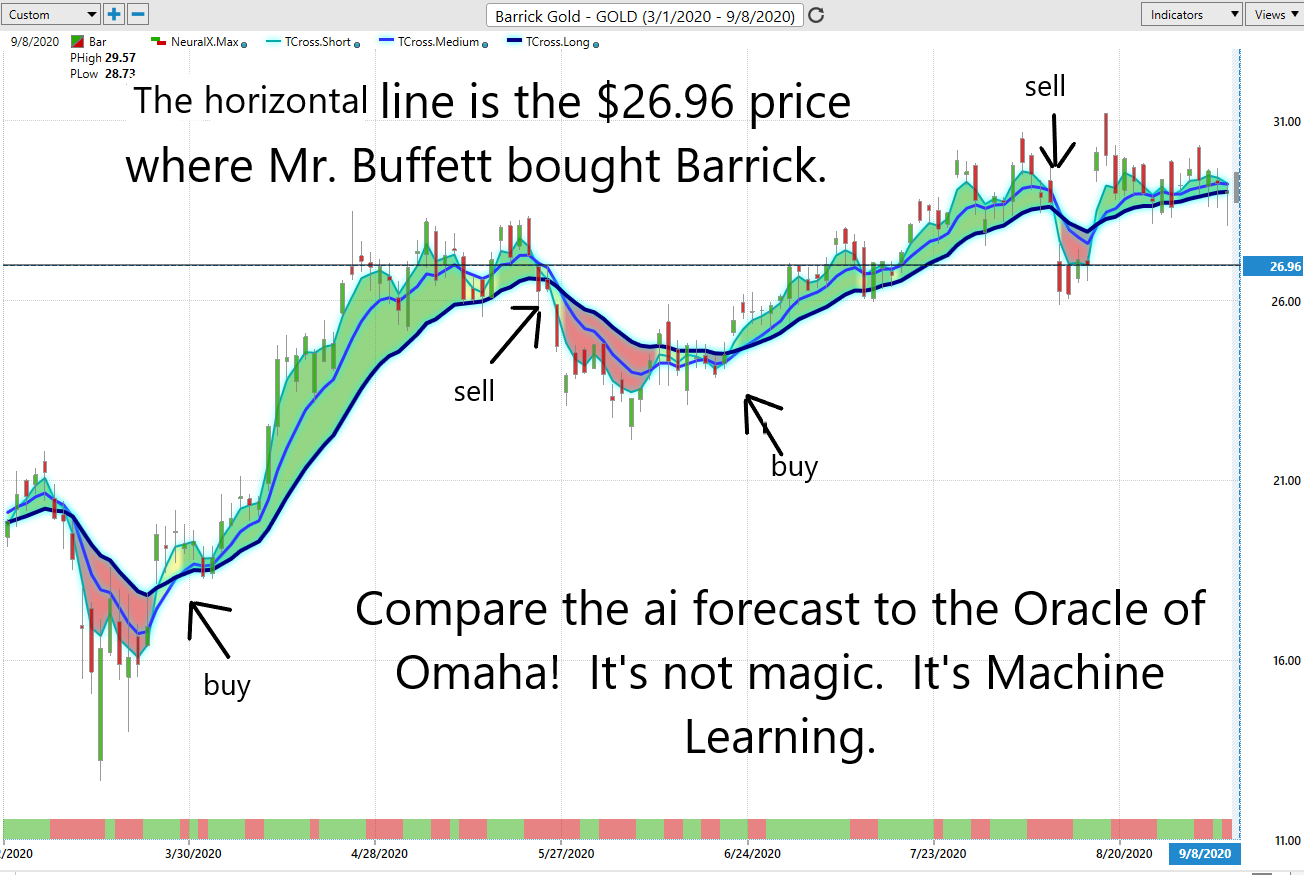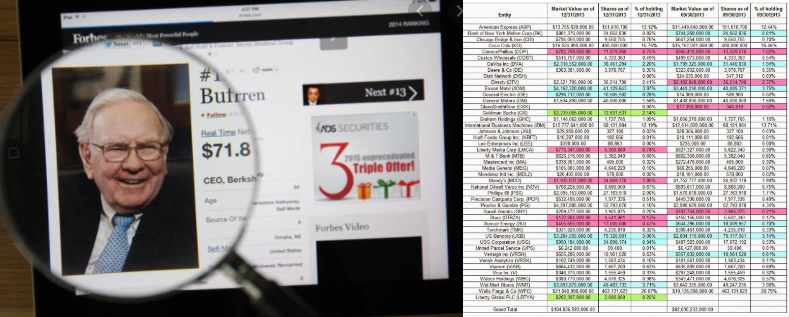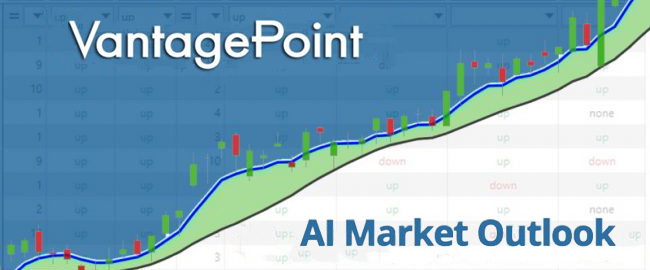Using SEC Form 13F to Track Warren Buffett’s Trades!
Today, investors rely on a number of tools to make better decisions. One such tool which all investors should be aware of is the Securities Exchange Disclosure form 13F which tracks large institutional money manager performance.
The Securities Exchange Commission’s (SEC) Form 13F is a quarterly report that all money managers who manage at least $100 million dollars must complete. Money managers are required by law to file Form 13F within 45 days of the end of a quarter where they have bought and sold securities for their customers. On the surface this reporting was created by Congress to offer transparency on the holdings of the nation’s largest investors. But there are certain challenges in studying these filings.
Congress created the 13F requirement in 1975 with the intention of increasing investor confidence by being able to monitor the holdings of the world’s largest institutional investors. 13F filings are often used by smaller investors to try and follow the smartest and most successful money managers.
The first challenge with the 13F form reporting process is that no one at the SEC actually verifies the accuracy or the completeness of the filing. Money managers file the form to make sure they are within the confines of the law but many analysts claim the reliability of the data is often problematic. As hard as it may be to believe, Bernie Madoff, the former market maker, investment advisor, financier, hedge fund manager, financier convicted fraudster who is currently serving a federal prison sentence for offenses related to a massive Ponzi scheme, dutifully filed his 13F filings every quarter.
A second major problem with Form 13F is the timeliness and context of the information. Since the reports are filed 14 days after the end of the quarter, and since most money managers submit their 13F’s as late as possible because they do not want to tip off their rivals on what they are doing, it is conceivable that a smaller investor will be receiving information that is up to 4 ½ months old. If the smart money has already invested, the smaller investor is entering the market much later and less advantageous prices. Because of this, many investor groups have been lobbying for reform of the 13F process, petitioning that these forms should be filed monthly, within 15 days of the end of each month.
A major risk for investors who monitor the filing of Form 13F is for the tendency for money managers to lose their ability to act independently. This often will lead to quick overvaluation of assets.
Another major risk with 13F filings is that money managers are only required to report long positions, in addition to their put and call options and convertible notes. This reporting flaw can mislead investors if they are not aware that the money manager is trying to make money on the short side of the market.
Despite these shortcomings, Form 13F can be very valuable in providing a “vision” of what an individual money manager is thinking. The simplest way to understand this is to analyze the recent 13F filing that Warren Buffett made for Berkshire Hathaway.
The “Oracle of Omaha” and Berkshire Hathaway have achieved among the most legendary returns in the history of stock investing. Since 1965, according to the 2019 Berkshire Hathaway annual shareholder letter, the Berkshire Hathaway aggregate return of 2,744.062% is roughly 138 times greater than the S&P 500. However, over the last decade Mr. Buffett’s returns have been very average.
Here is a quick summary of the most notable perspectives of Buffett’s recent 13F filing:
-
Berkshire bought 20.9 million shares in Barrick Gold, the Toronto-based gold miner, at a price of $26.96 per share which was a $563.6 million investment at the time it was reported.
-
Buffett sold 85.6 million shares of Wells Fargo, which is approximately 26% of the previous ownership position. He has held a major stake in Wells Fargo since 2008.
-
Berkshire liquidated 35.5 million shares of JPMorgan, which was approximately 60% of his previous ownership position.
-
Berkshire completely divested and liquidated their entire position in Goldman Sachs.
-
Berkshire completely liquidate their entire stake in Delta airlines.
-
Buffett liquidated their entire position in Restaurant Brands the parent company of Burger King.
-
Berkshire also liquidated its entire position of Occidental Petroleum.
-
Buffett continued to invest in Bank of America and now owns almost 12% of the financial services company, which is worth about $28.2 billion.
This “story” paints a very interesting picture. Buffett is the world’s premier banking and insurance investor. The perspective from this filing is clear, Berkshire Hathaway started to dump banking and financial assets in the face of the economic lockdown and began building exposure to Gold.
What makes this 13F filing such a head-scratcher is Buffett has never been a fan of gold, the physical metal. For decades he has harped on Gold referring to it as an asset with no utility which is a “barbarous relic.” When Buffett buys a financial asset or stock like Coca-Cola, he knows these are businesses that’ll keep churning out products or services that generate consistent revenue and predictable cash flow. From just this picture we can begin to build a case as to what exactly is driving this change of opinion.
It is also important to note that Buffett did not purchase Gold the commodity or the futures contract. Berkshire Hathaway purchased equity in the premiere Gold mining company.
Once this 13F filing was released to the public the media began to report these changes and immediately the stock of Barrick (GOLD) rallied over 12%.
By studying these positions you can quickly see and understand the limitations of the 13F filings. The “Oracle of Omaha” has spoken but the 13F still leaves a lot of room for interpretation.
It’s reassuring that one of the world’s all-time great investors has positioned themselves for higher gold prices for the long term. Bond yields have fallen dramatically, and it’s a high probability the Federal Reserve will create a negative interest rate environment globally and domestically, meaning income seekers have few choices to put their money to work where their returns will outpace inflation. This makes gold an increasingly attractive store of value during uncertain times.
Most traders who use VantagePoint Artificial Intelligence are not long-term investors like Mr. Buffett. VP traders are often short term swing traders who position themselves based almost exclusively on the Vantagepoint Artificial Intelligence forecast which is published on their charts. What is equally empowering to me is a simple analysis of Barrick Gold using the A.I. as your North Star. (Green is and UpTrend – Red is a Downtrend.)

This is the power of artificial intelligence in action.
Cross-reference the A.I. with SEC Form 13F and you get quite a unique and powerful view of any market.
This is what makes Artificial Intelligence so unique.
Machine Learning is designed to learn from experience and make the best statistically relevant decision moving forward. AI outperforms humanoid analysis hands down every time.
We live in very exciting times.
Consider that the recent stock market implosion has erased trillions of dollars from cumulatively from people trading accounts. However, it has made a handful of traders fabulously wealthy.
Since artificial intelligence has beaten humans in Poker, Chess, Jeopardy and Go!, do you really think trading is any different?
Are you capable of finding those markets with the best risk/reward ratios out of the thousands of trading opportunities that exist?
Knowledge. Useful knowledge. And its application is what A.I. delivers.
Artificial intelligence is not “a would be nice to have” tool.
It is an “absolutely must have” tool to flourish in today’s global markets.
Intrigued? Click here – Next Free Live Training.
It’s not magic. It’s machine learning.










